Women Pioneer Series – Julia Child
Did you know what Julia Child ’s did for work before her cooking show?
Childhood and Education
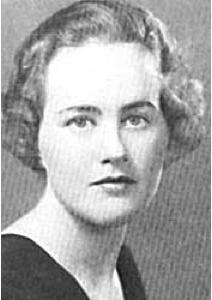 Julia Carolyn Child (née McWilliams; August 15, 1912 – August 12, 2004) was an American chef, author, and television personality. She is recognized for bringing French cuisine to the American public with her debut cookbook, Mastering the Art of French Cooking, and her subsequent television programs, the most notable of which was The French Chef, which premiered in 1963.
Julia Carolyn Child (née McWilliams; August 15, 1912 – August 12, 2004) was an American chef, author, and television personality. She is recognized for bringing French cuisine to the American public with her debut cookbook, Mastering the Art of French Cooking, and her subsequent television programs, the most notable of which was The French Chef, which premiered in 1963.
World War II
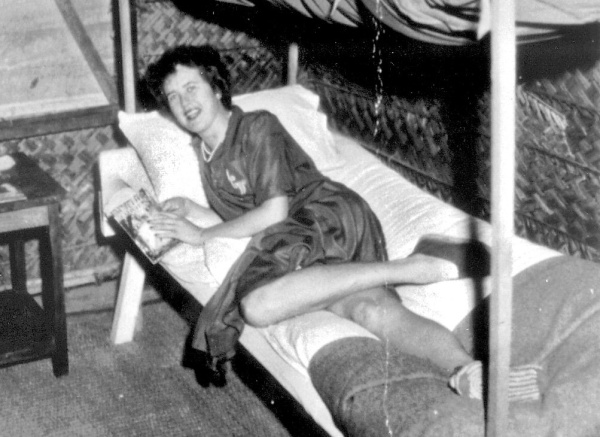 Child joined the Office of Strategic Services (OSS) after finding that she was too tall to enlist in the Women's Army Corps (WACs) or in the U.S. Navy's WAVES. She began her OSS career as a typist at its headquarters in Washington, but because of her education and experience soon was given a more responsible position as a top-secret researcher working directly for the head of OSS, General William J. Donovan.
Child joined the Office of Strategic Services (OSS) after finding that she was too tall to enlist in the Women's Army Corps (WACs) or in the U.S. Navy's WAVES. She began her OSS career as a typist at its headquarters in Washington, but because of her education and experience soon was given a more responsible position as a top-secret researcher working directly for the head of OSS, General William J. Donovan.
As a research assistant in the Secret Intelligence division, she typed 10,000 names on white note cards to keep track of officers. For a year, she worked at the OSS Emergency Rescue Equipment Section (ERES) in Washington, D.C. as a file clerk and then as an assistant to developers of a shark repellent needed to ensure that sharks would not explode ordnance targeting German U-boats. In 1944, she was posted to Kandy, Ceylon (now Sri Lanka), where her responsibilities included "registering, cataloging and channeling a great volume of highly classified communications" for the OSS's clandestine stations in Asia. She was later posted to Kunming, China, where she received the Emblem of Meritorious Civilian Service as head of the Registry of the OSS Secretariat. When Child was asked to solve the problem of too many OSS underwater explosives being set off by curious sharks, "Child's solution was to experiment with cooking various concoctions as a shark repellent," which were sprinkled in the water near the explosives and repelled sharks. 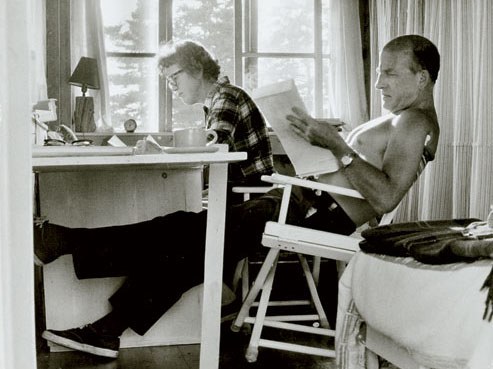 Still in use today, the experimental shark repellent "marked Child's first foray into the world of cooking..." For her service, Child received an award that cited her many virtues, including her "drive and inherent cheerfulness." As with other OSS records, her file was declassified in 2008; however, unlike other files, her complete file is available online.
Still in use today, the experimental shark repellent "marked Child's first foray into the world of cooking..." For her service, Child received an award that cited her many virtues, including her "drive and inherent cheerfulness." As with other OSS records, her file was declassified in 2008; however, unlike other files, her complete file is available online.
While in Kunming, she met Paul Cushing Child, also an OSS employee, and the two were married September 1, 1946, in Lumberville, Pennsylvania, later moving to Washington, D.C. A New Jersey native who had lived in Paris as an artist and poet, Paul was known for his sophisticated palate and introduced his wife to fine cuisine. He joined the United States Foreign Service, and in 1948 the couple moved to Paris when the US State Department assigned Paul there as an exhibits officer with the United States Information Agency. The couple had no children.
Post-War France
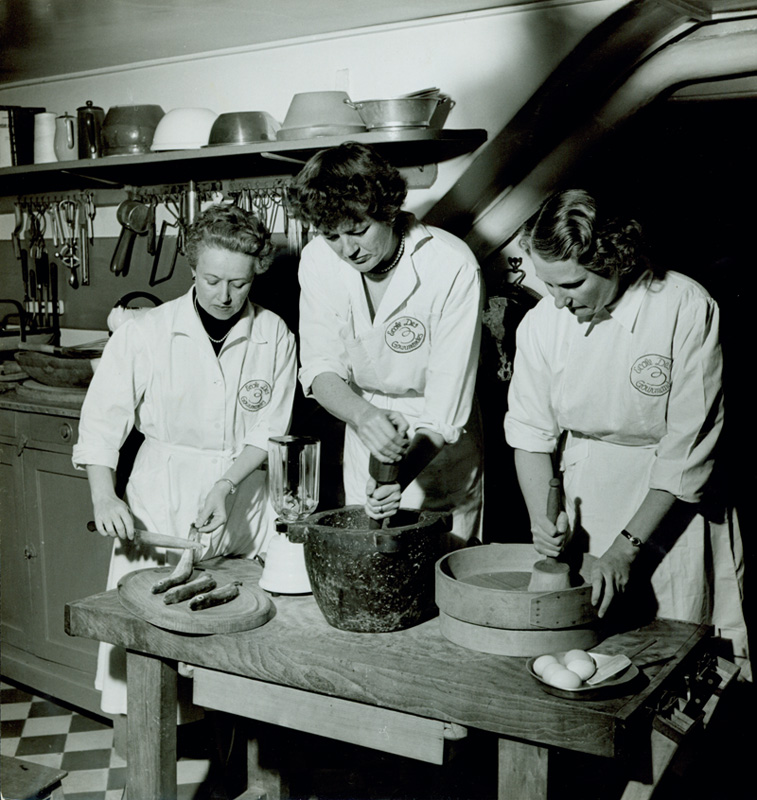
In 1963, the Childs built a home near the Provence town of Plascassier in the hills above Cannes on property belonging to co-author Simone Beck and her husband, Jean Fischbacher. The Childs named it "La Pitchoune", a Provençal word meaning "the little one" but over time the property was often affectionately referred to simply as "La Peetch".
Media Career
The three would-be authors initially signed a contract with publisher Houghton Mifflin, which later rejected the manuscript for seeming too much like an encyclopedia. Finally, when it was first published in 1961 by Alfred A. Knopf, the 726-page Mastering the Art of French Cooking was a best-seller and received critical acclaim that derived in part from the American interest in French culture in the early 1960s. Lauded for its helpful illustrations and precise attention to detail, and for making fine cuisine accessible, the book is still in print and is considered a seminal culinary work. Following this success, Child wrote magazine articles and a regular column for The Boston Globe newspaper. She would go on to publish nearly twenty titles under her name and with others. Many, though not all, were related to her television shows. Her last book was the autobiographical My Life in France, published posthumously in 2006 and written with her grandnephew, Alex Prud'homme. The book recounts Child's life with her husband, Paul Child, in post-World War II France.
The French Chef and related books
Main article: The French Chef
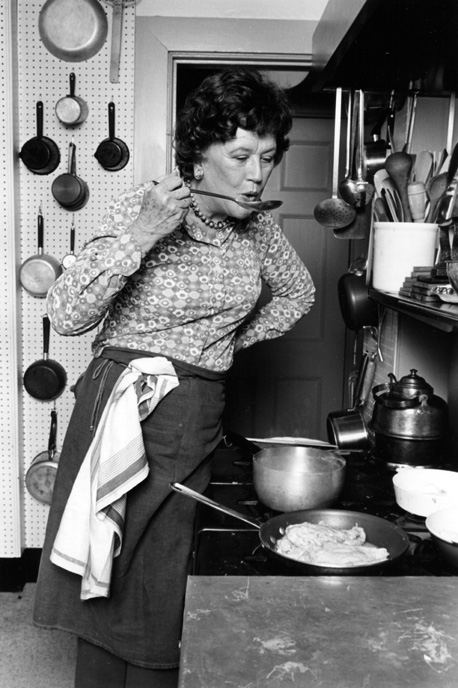 A 1962 appearance on a book review show on what was then the National Educational Television (NET) station of Boston, WGBH-TV (now a major Public Broadcasting Service station), led to the inception of her first television cooking show after viewers enjoyed her demonstration of how to cook an omelet. The French Chef had its debut on February 11, 1963, on WGBH and was immediately successful. The show ran nationally for ten years and won Peabody and Emmy Awards, including the first Emmy award for an educational program. Though she was not the first television cook, Child was the most widely seen. She attracted the broadest audience with her cheery enthusiasm, distinctively warbly voice, and unpatronizing and unaffected manner. In 1972, The French Chef became the first television program to be captioned for the deaf, even though this was done using the preliminary technology of open-captioning.
A 1962 appearance on a book review show on what was then the National Educational Television (NET) station of Boston, WGBH-TV (now a major Public Broadcasting Service station), led to the inception of her first television cooking show after viewers enjoyed her demonstration of how to cook an omelet. The French Chef had its debut on February 11, 1963, on WGBH and was immediately successful. The show ran nationally for ten years and won Peabody and Emmy Awards, including the first Emmy award for an educational program. Though she was not the first television cook, Child was the most widely seen. She attracted the broadest audience with her cheery enthusiasm, distinctively warbly voice, and unpatronizing and unaffected manner. In 1972, The French Chef became the first television program to be captioned for the deaf, even though this was done using the preliminary technology of open-captioning.
Child's second book, The French Chef Cookbook, was a collection of the recipes she had demonstrated on the show. It was soon followed in 1971 by Mastering the Art of French Cooking, Volume Two, again in collaboration with Simone Beck, but not with Louisette Bertholle, with whom the professional relationship had ended. Child's fourth book, From Julia Child's Kitchen, was illustrated with her husband's photographs and documented the color series of The French Chef, as well as provided an extensive library of kitchen notes compiled by Child during the course of the show.
Impact on American households:
Julia Child had a large impact on American households and housewives. Because of the technology in the 60s, the show was unedited, causing her blunders to appear in the final version and ultimately lend "authenticity and approachability to television." According to Toby Miller in "Screening Food: French Cuisine and the Television Palate," one mother he spoke to said that sometimes "all that stood between me and insanity was hearty Julia Child" because of Child's ability to soothe and transport her. In addition, Miller notes that Child's show began before the feminist movement of the 1960s, which meant that the issues housewives and women faced were somewhat ignored on television.
Later Career
In the 1970s and 1980s, she was the star of numerous television programs, including Julia Child & Company, Julia Child &More Company, and Dinner at Julia's. For the 1979 book Julia Child and More Company, she won a National Book Award in category Current Interest. In 1981, she founded the American Institute of Wine & Food, with vintners Robert Mondavi and Richard Graff, and others, to "advance the understanding, appreciation, and quality of wine and food," a pursuit she had already begun with her books and television appearances. In 1989, she published what she considered her magnum opus, a book, and instructional video series collectively entitled The Way To Cook.
Child starred in four more series in the 1990s that featured guest chefs: Cooking with Master Chefs, In Julia's Kitchen with Master Chefs, Baking with Julia, and Julia Child & Jacques Pépin Cooking at Home. She collaborated with Jacques Pépin many times for television programs and cookbooks. All of Child's books during this time stemmed from the television series of the same names.
Child's use of ingredients like butter and cream has been questioned by food critics and modern-day nutritionists. She addressed these criticisms throughout her career, predicting that a "fanatical fear of food" would take over the country's dining habits and that focusing too much on nutrition takes the pleasure from enjoying food. In a 1990 interview, Child said, "Everybody is overreacting. If fear of food continues, it will be the death of gastronomy in the United States. Fortunately, the French don't suffer from the same hysteria we do. We should enjoy food and have fun. It is one of the simplest and nicest pleasures in life."[
Julia Child's kitchen, designed by her husband, was the setting for three of her television shows. It is now on display at the National Museum of American History in Washington, D.C. Beginning with In Julia's Kitchen with Master Chefs, the Childs' home kitchen in Cambridge was fully transformed into a functional set, with TV-quality lighting, three cameras positioned to catch all angles in the room, and a massive center island with a gas stovetop on one side and an electric stovetop on the other, but leaving the rest of the Childs' appliances alone, including "my wall oven with its squeaking door." This kitchen backdrop hosted nearly all of Child's 1990s television series.
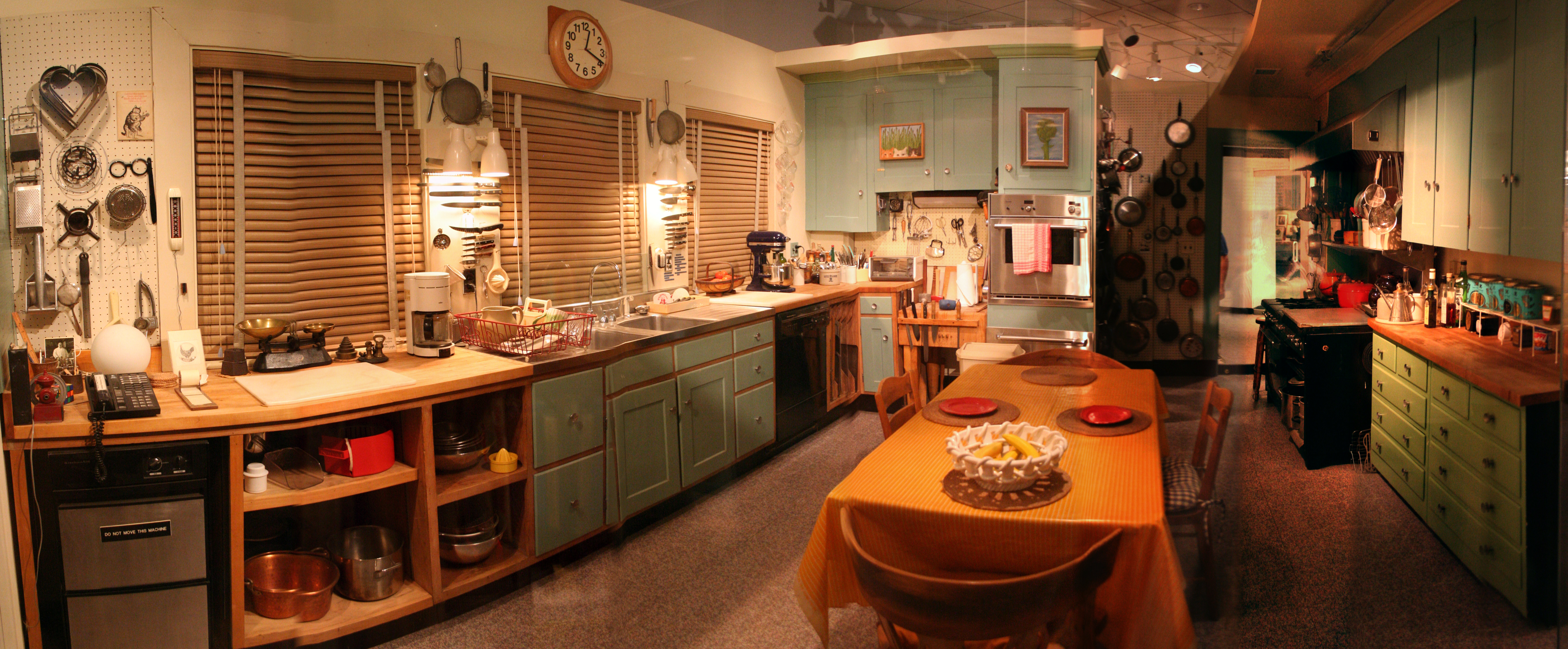 In 2001, Child moved to a retirement community, donating her house and office to Smith College, which later sold the house.
In 2001, Child moved to a retirement community, donating her house and office to Smith College, which later sold the house.
She donated her kitchen, which her husband designed with high counters to accommodate her height, and which served as the set for three of her television series, to the National Museum of American History, where it is now on display. Her iconic copper pots and pans were on display at Copia in Napa, California, until August 2009 when they were reunited with her kitchen at the Smithsonian's National Museum of American History in Washington, D.C.
In 2000, Child received the French Legion of Honour and was elected a Fellow of the American Academy of Arts and Sciences in 2000. She was awarded the U.S. Presidential Medal of Freedom in 2003; she received honorary doctorates from Harvard University, Johnson & Wales University (1995), Smith College (her alma mater), Brown University (2000), and several other universities.
On August 12, 2004, Child died of kidney failure in Montecito, California, three days before her 92nd birthday. Her last meal was French onion soup.
Legacy
The Julia Child Foundation
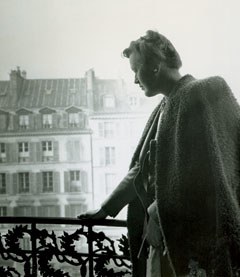 In 1995, Julia Child established The Julia Child Foundation for Gastronomy and Culinary Arts, a private charitable foundation to make grants to further her life's work. The Foundation, originally set up in Massachusetts, later moved to Santa Barbara, California, where it is now headquartered. Inactive until after Julia's death in 2004, the Foundation makes grants to other non-profits. The grants support primarily gastronomy, the culinary arts and the further development of the professional food world, all matters of paramount importance to Julia Child during her lifetime. The Foundation's website provides a dedicated page listing the names of grant recipients with a description of the organization and the grant provided by the Foundation. One of the grant recipients is Heritage Radio Network which covers the world of food, drink, and agriculture.
In 1995, Julia Child established The Julia Child Foundation for Gastronomy and Culinary Arts, a private charitable foundation to make grants to further her life's work. The Foundation, originally set up in Massachusetts, later moved to Santa Barbara, California, where it is now headquartered. Inactive until after Julia's death in 2004, the Foundation makes grants to other non-profits. The grants support primarily gastronomy, the culinary arts and the further development of the professional food world, all matters of paramount importance to Julia Child during her lifetime. The Foundation's website provides a dedicated page listing the names of grant recipients with a description of the organization and the grant provided by the Foundation. One of the grant recipients is Heritage Radio Network which covers the world of food, drink, and agriculture.
Beyond making grants, the Foundation was also established to protect Julia Child's legacy; it is the organization to approach to seek permission to use images of Julia Child and/or excerpts of her work. Many of these rights are jointly held with other organizations like her publishers and the Schlesinger Library at The Radcliffe Institute at Harvard University who may also need to be contacted. Recently, the Foundation has been more active in protecting these posthumous rights. Well known for her opposition to endorsements, the Foundation follows a similar policy regarding the use of Julia's name and image for commercial purposes.
Tributes and Homages
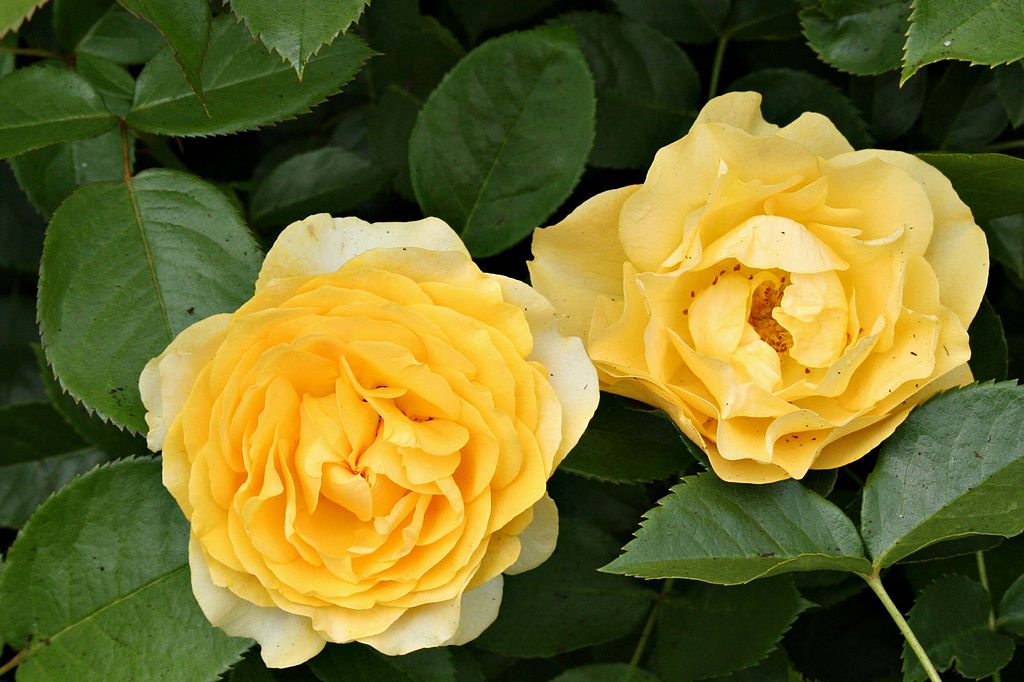 The Julia Child rose, known in the UK as the "Absolutely Fabulous" rose, is a golden butter/gold floribunda rose named after Child.
The Julia Child rose, known in the UK as the "Absolutely Fabulous" rose, is a golden butter/gold floribunda rose named after Child.
On September 26, 2014, the US Postal Service issued 20 million copies of the "Celebrity Chefs Forever" stamp series, which featured portraits by Jason Seiler of five American chefs: Julia Child, Joyce Chen, James Beard, Edna Lewis, and Felipe Rojas-Lombardi.
Awards and Nominations
Awards
1965: Peabody Award for Personal Award for The French Chef
1966: Emmy for Achievements in Educational Television- Individuals for The French Chef
1980: U.S. National Book Awards for Current Interest (hardcover) for Julia Child and More Company
1996: Daytime Emmy Award for Outstanding Service Show Host for In Julia's Kitchen with Master Chefs
2001: Daytime Emmy Award for Outstanding Service Show Host for Julia & Jacques Cooking at Home
Nominations
1972: Emmy for Special Classification of Outstanding Program and Individual Achievement – General Programming for The French Chef
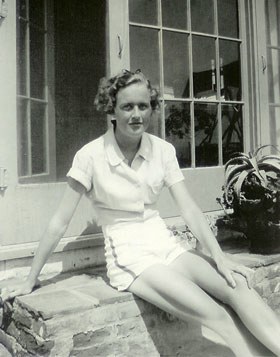 1994: Emmy for Outstanding Informational Series for Cooking with Master Chefs
1994: Emmy for Outstanding Informational Series for Cooking with Master Chefs
1997: Daytime Emmy Award for Outstanding Service Show Host for Baking with Julia
1999: Daytime Emmy Award for Outstanding Service Show Host for Baking with Julia
2000: Daytime Emmy Award for Outstanding Service Show Host for Julia & Jacques Cooking at Home
Source: CIA, Wikipedia, The Julia Child Foundation for Gastronomy and the Culinary Arts, Radcliffe Institute/Harvard






